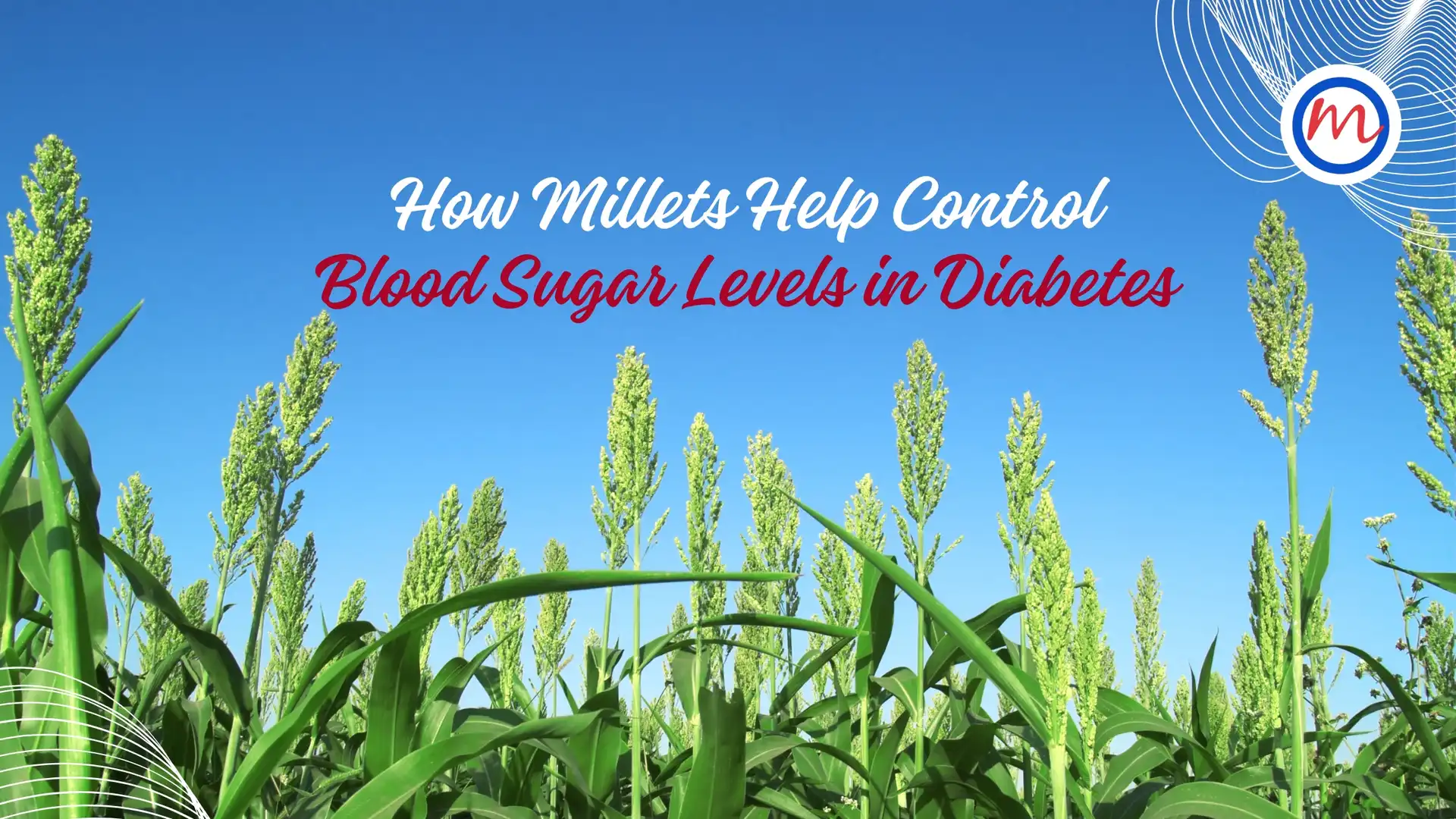Hypoglycaemia is a true medical emergency. It’s what happens to you when your blood sugar levels dip, dangerously, below 70 mg/dL. For people with diabetes—and 90 per cent of those on insulin therapy—it is a hard fact of life. According to the International Diabetes Federation, in general people with type1 diabetes have an average of two self-reported episodes a week and one severe episode a year. By comparison, people with type 2 diabetes experience 19 mild-to-moderate and 0.8 severe episodes a year.
The risk of severe hypoglycaemia is low in the first few years among people with type 2 diabetes, although it rises later in the course of the disease. The prevalence of type 2 diabetes is about 20-fold higher than type 1 diabetes and many patients with type 2 diabetes finally require treatment with insulin. The most episodes of hypoglycaemia occur in patients with type 2 diabetes.
The real cost of a hypoglycaemia is steep: the short and long-term complications include damage to the brain and nervous system, injury, heart events and death. Severe hypoglycaemia can have a significant negative economic, personal, professional and social impact, impairing quality of life. Medical researchers highlight the urgent need to raise awareness amongst patients and healthcare professionals about hypoglycaemia.
Why a hypo?
Hypoglycaemia typically occurs when the balance of insulin and glucagon hormones, crucial for maintaining blood glucose, gets out of skelter. The reasons can be varied: from the effect of drugs to diet changes and infections. Diabetes medications, including insulin and sulphonylureas, are among the most common causes of hypoglycaemia in people with diabetes. Occasional episodes with metformin, the most commonly used oral anti-diabetic drug, can happen when an imbalance takes place between food intake and metformin dosing.
Hypoglycaemia can also result when food intake is less or activities in relation to medication and food intake go up. Alcohol consumption, some drugs, stress, infections and severe illness in organs that play a key role in glucose production and blood sugar maintenance (the liver and kidney) can cause hypoglycaemia. People on intensive insulin therapy are at increased risk, especially those on insulin for more than 10 years. Moreover, the risk is higher in elderly patients, those with heart or kidney disease, pregnant women and in children with type-1 diabetes.
But your brain needs continuous supply of glucose, to execute all its functions. Normally, your body has mechanisms to make sure that it receives its essential metabolic fuel. When blood sugar drops too low, the first response of the body is to bring down insulin secretion. Other hormones, including glucagon and epinephrine, are secreted promptly to increase glucose production rapidly. In people with diabetes, the defence mechanisms are impaired. In type-1 diabetes, the impairment is often severe.
Signs and symptoms
There are some early signs of low blood sugar. Easily missed and often blamed on fatigue, especially if you are newly diagnosed with diabetes, they are the little red flags that you need to take note of. Remember, our bodies react to low blood sugar differently. Hence, you need to understand and keep track of your symptoms to get back on your feet without suffering too much. The sure-fire way to know if you have hypoglycaemia is by checking your blood sugar. If you get a reading lower than 70 mg/dL, consult your doctor or treat the condition right away.
- You suddenly feel weak, shaky, lightheaded, as if you will pass out.
- You get headaches that come on very suddenly, weakness or tremors in your arms or legs, a slight trembling of your body, tingling in your lips or tongue.
- You feel clammy, sweaty, chilly, for no obvious reason
- You feel palpitations or poundings in your chest, as your heart starts racing, beating fast and irregularly.
- You feel out of sorts, spaced out, confused, have trouble talking
- You are crankier than usual, irritable, aggressive, argumentative—without any clear reason
- You feel nervousness and anxiety bubbling up, but can’t control it
- You feel overwhelmingly tired or sleepy suddenly
Symptoms at night
- All of the above can appear at the dead of night: you can wake up to bedsheets soaked in sweat, or feeling fatigued, irritable or confused and so on.
Severe symptoms
- If hypoglycaemia is not treated immediately, severe and dangerous symptoms can develop, including weakness, blurred vision, coordination problems, headache, trembling to seizures. Hypoglycaemia is scary because dangerously low blood glucose is an incapacitating emergency, that can lead to loss of consciousness, coma, or death, unless administered with emergency glucagon.
The key takeaways
1) If you experience low blood sugar frequently, you must consult your doctor. Frequent bouts of hypoglycaemia can make you less sensitive to recognising the signals.
2) People with type 1 diabetes are more prone to low blood sugar and must carry emergency kits that contains a glucagon pen. Glucagon stimulates the liver to release stored glucose and raise blood sugar quickly.
3) Hypoglycaemia is treated using the 15-15 rule. If you are experiencing symptoms of low blood sugar or have a blood sugar reading of less than 70 mg/dL, you should eat 15 grams of carbohydrates. After 15 minutes, check your blood sugar again, and if it is still below 70 mg/dL, repeat the process.
The following foods have 15 gms of carbohydrate:
– half a cup of juice
– one cup of milk
– one tablespoon of sugar or honey
4) Do not eat too much sugar, to avoid blood sugar spikes. You should only eat 15 grams of carbohydrates, and then wait 15 minutes before eating again.
5) Be prepared for hypoglycaemic episodes. Keep carbohydrate-rich snacks on hand at all times. At least, glucose tablets or gel, dried fruit and gummy candies.
6) Continuous glucose monitoring (CGM) is an important part of management of hypoglycaemia; especially for people who experience frequent episodes. CGM measures blood sugar via a sensor under the skin and can help prevent hypoglycaemia by automatically alerting you when blood sugar falls. If you’re taking insulin to treat your diabetes, it’s essential to have an action plan for managing a potential hypoglycaemic episode.
7) Go for diabetes education and nutrition counselling. Diabetes self-management is a basic part of diabetes care to prevent hypoglycaemia. People with diabetes need to be well-informed about the symptoms of hypoglycaemia, know about the risk factors, prevention and treatment, and monitoring of blood glucose levels. Studies have found that diabetes self-management education results in behaviour change leading to positive outcome.
8) Be sure to inform your friends, family and colleagues what to do during a hypoglycaemic episode. If your symptoms worsen, it is important to seek emergency help. You will need an injection of glucagon to rapidly increase your blood glucose level. If you experience frequent hypoglycaemia, it is extremely important that you give this priority.



